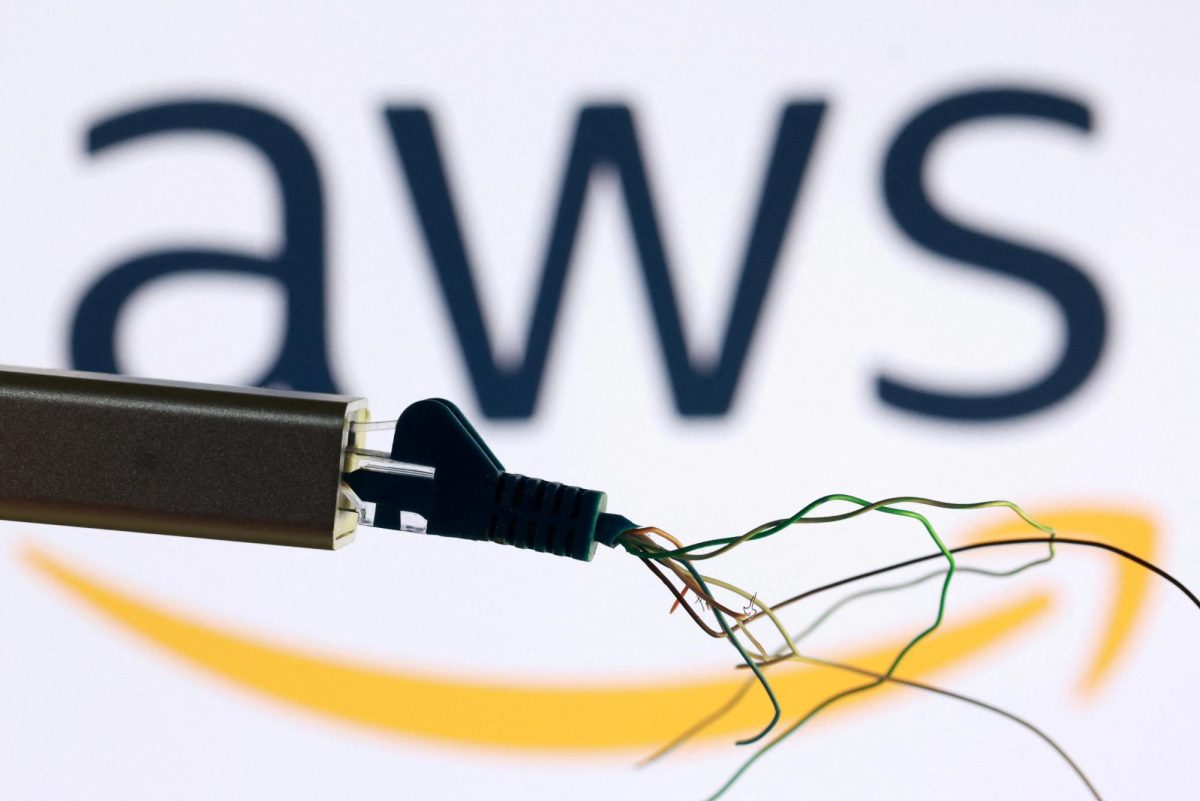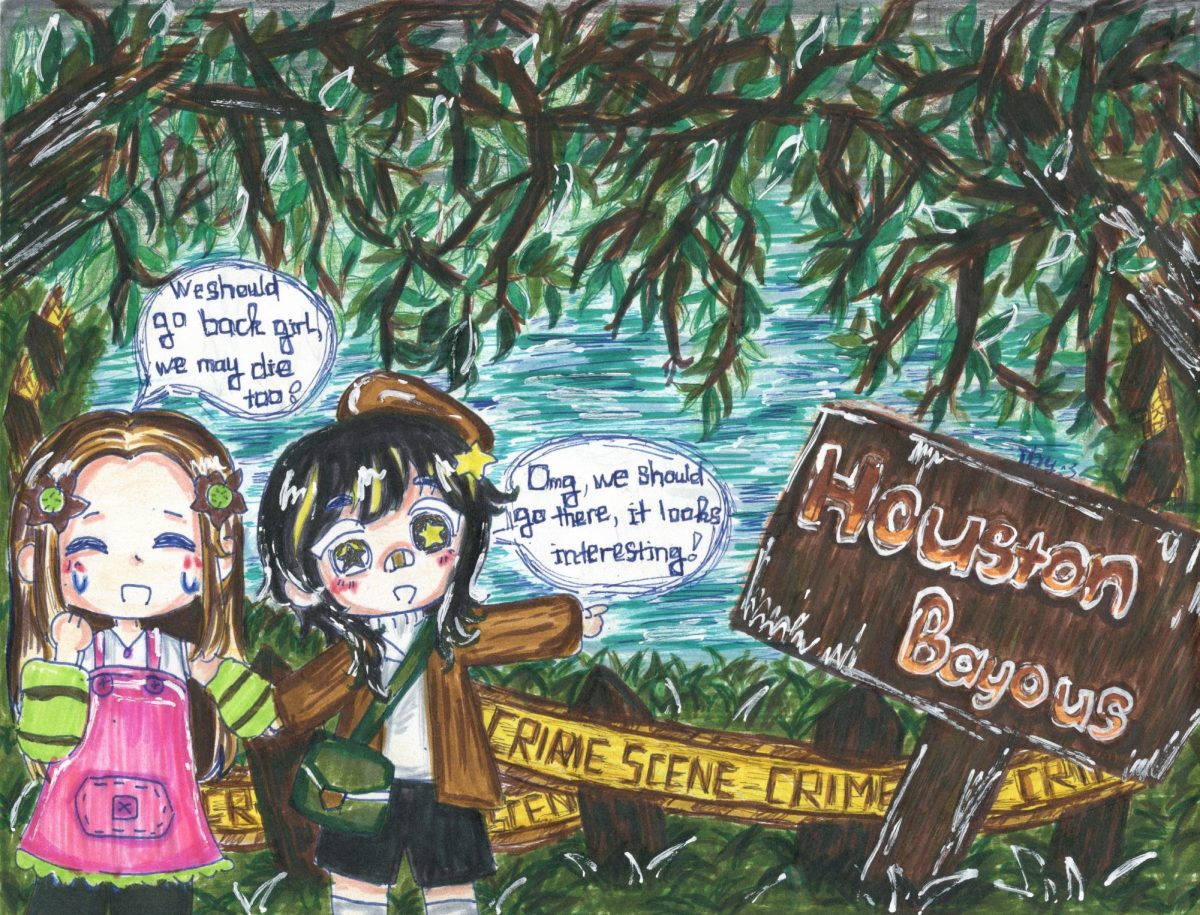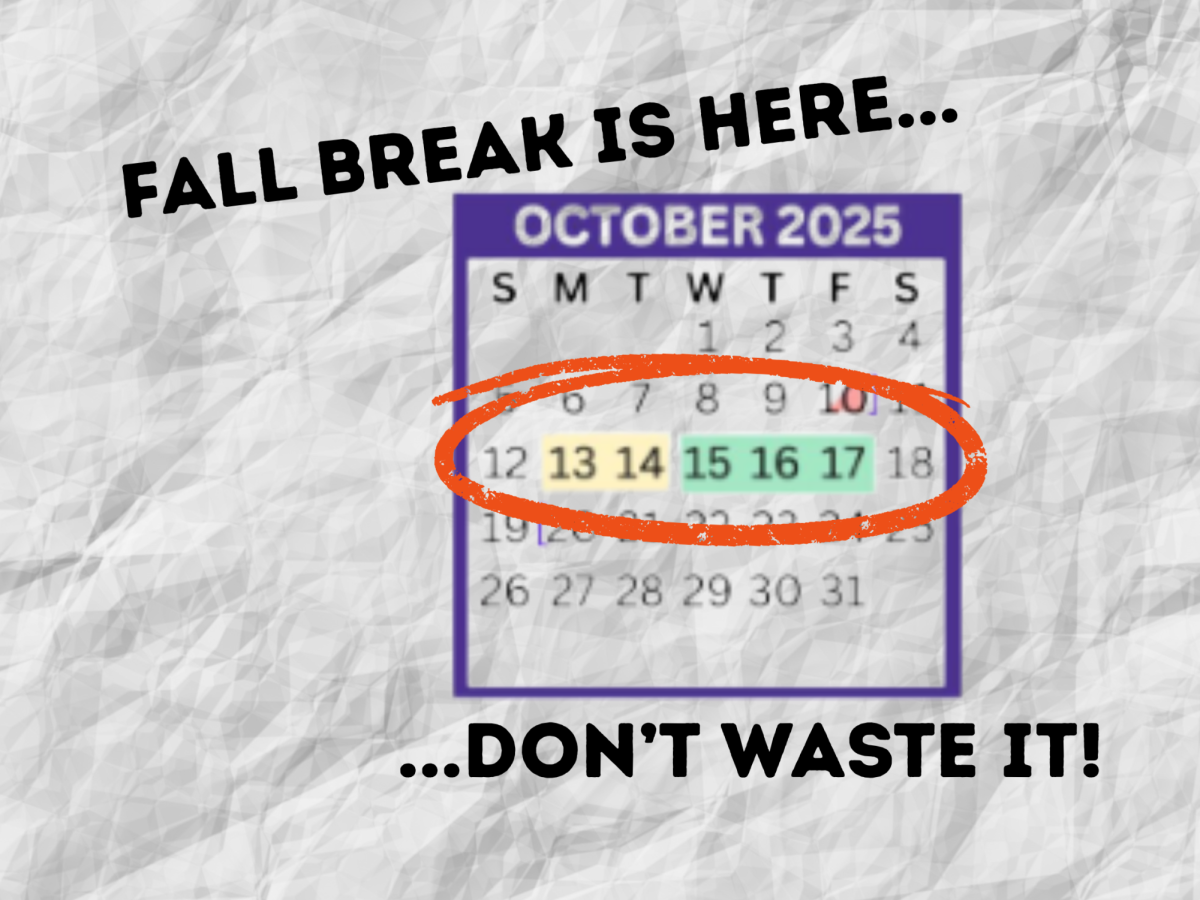On October 20, 2025, Amazon Web Services (AWS) suffered a sweeping outage — one that didn’t just ripple through the cloud infrastructure but blasted a giant hole through our assumptions of how resilient the internet really is. The disruption emanated from the US-EAST-1 region in Northern Virginia, where a fault in an internal health-monitoring subsystem triggered Domain Name System (DNS) failures, taking down services that sprawl from casual mobile apps to core business infrastructure.
The immediate impact was dramatic. Platforms you might use daily—Snapchat, Venmo, Fortnite, and even internal services of Amazon like Alexa—blinked out. Financial services, smart-home devices, streaming apps, university systems: the outage touched them all. It is a vivid demonstration that the cloud is no longer a back-office convenience—it’s now the backbone of modern life.
Yet what this reveals is perhaps even more sobering: the internet’s critical infrastructure is dangerously concentrated. A fault in one region of one provider cascaded to thousands of companies and millions of users. Experts say this is exactly what happens when a few giant cloud providers shoulder the weight of global operations. In effect, an outage that lasted just hours may carry an outsized cost—lost productivity, delayed transactions, shaken trust.
The AWS event, while quickly addressed, leaves lingering questions. Why does US-EAST-1 keep being the source of major incidents—this is the third such outage in five years tied to that region. And when the cloud provider offering “resilience” becomes the point of failure, who picks up the slack?
Companies that assumed “we’re on AWS so we’re safe” are realizing that redundancy isn’t just about multi-AZ in one region anymore—it’s about multi-cloud, multi-region, being ready for the unexpected. For business leaders and system architects, this is a clear signal: build for failure, expect it, and diversify your dependencies. The cloud era is not over–but the myth of near-perfect availability just cracked. The internet may still be working—but the illusion that it always will is now broken.









